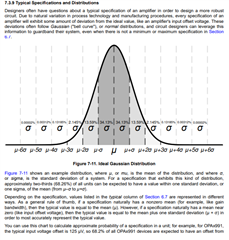Other Parts Discussed in Thread: PSPICE-FOR-TI, TINA-TI,
Hi Team,
A customer found a issue on TLV9062S Pspice model.
Question as below.
In a design that I am doing I am considering using the TLV9062S op-amp.
To validate the performance of the TLV9062S in the application, I would like to initially do a PSpice simulation.
To make it simple, today I downloaded and started the PSpice-for-TI tool, and built a simple circuit that just biases up the TLV9062S PSpice model, loaded from the TI op-amp library within the PSpice -for-TI tool. I did this to validate the PSpice model for the TLV9062S that I got from TI.
The simulation fails with the message "ERROR(ORPSIM-15141): Less than 2 connections at node X_U1.XU2.N4."
This is an internal node within the TI simulation model that is not connected to anything,
and the simulator generates an error, it does not allow floating nodes. Since this is inside the model, I cannot fix it with any confidence. The PSpice model that I am using is "TLV9062S - Rev. DCreated by Paul Goedeke; July 27, 2018"
Thank you for your clarification.
Regards,




